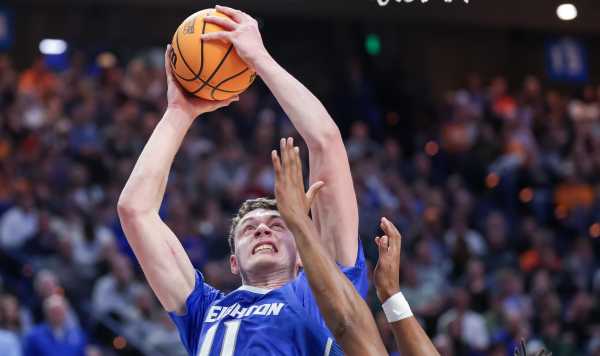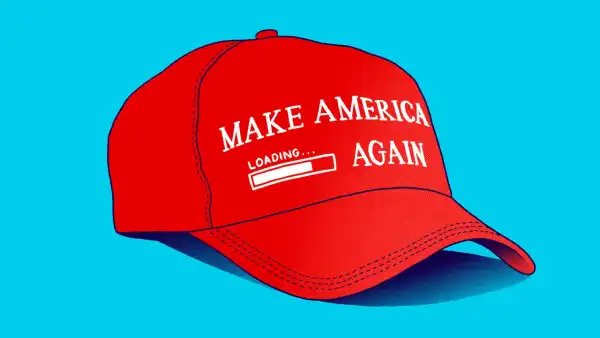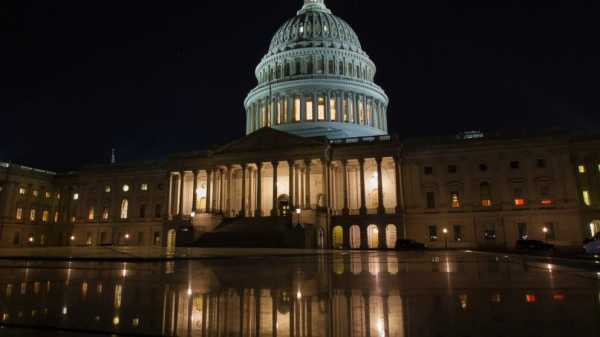Has NIL Really Hurt College Basketball?

The fans were furious.
The NCAA's March Madness, long known for its unexpected twists and thrilling Cinderella stories, failed to live up to expectations. Pundits were unanimous in their outrage: The college basketball tournament final, which had provided many thrilling sports narratives, was sold to the highest bidder.
Barstool Sports' Dave Portnoy called it “the worst first round of the tournament ever.” Outkick's Clay Travis said big-money meddling “destroyed mid-major teams in college basketball.” Purdue leveled criticism at McNeese State before the halftime whistle on Saturday, when my dad curled up on the couch and rolled his eyes: “They're going to have to do two tournaments.”
For the first time since 2007, no team seeded 11th or lower advanced to the Sweet 16. The most notable underdog success story in the tournament may have been boombox-wielding college coach Amir “Aura” Khan, whose stereo-inducing speeches to McNeese’s team earned him more than $100,000 in NIL (name, image, and likeness) deals. Topps, Under Armour, Buffalo Wild Wings, and Insomnia Cookies all sought a piece of Khan’s viral videos and were willing to pay.
Big money, whose influence once remained in the shadows of college athletics, is now being legally thrown around at record prices for the entire country to see. Actions that once could destroy a program, a coach, and players are now the norm in a new era of college basketball. When Maryland freshman sensation Derick Queen was asked after his buzzer-beater against Colorado State why he listened to coach Kevin Willard, Queen summed up the new era of college basketball in one simple sentence: “He pays us money, so we have to listen to him.” There was loud laughter in the press room. Willard covered his face with his hands, clearly displeased with the answer.
“The transfer portal is crazy,” Willad said the following day. “There are kids asking for $2 million, $3 million now. The money has exploded because we have no guardrails. We have no rules. This rule is as badly implemented as ever [sic]. And agents are taking advantage of it.”
More concerning than the money itself, however, is how it affects the parity of the tournament. This year, no mid-major league teams made it to the finals, no teams from the Big East, and only one from the once-vaunted ACC made it to the second weekend of competition. The SEC, once considered a weak conference in the college basketball world, will send seven of its teams to the Sweet 16, setting a record for the most Sweet 16 teams from a single conference. That figure is no surprise to anyone who has followed the college basketball season, as 14 of the 16 SEC teams have earned NCAA Tournament bids, another record. Teams like Texas, Oklahoma, and Vanderbilt earned spots despite losing conference records.
SEC teams, backed by huge cash flows, have a significant advantage over the vast majority of the 352 teams in the 31 conferences that make up the NCAA Division I level of college basketball. Although the SEC is considered a primarily football-focused conference, featuring perennial powerhouses like Alabama, Florida, Texas, and Auburn, the SEC has suddenly rocketed to the top of college basketball by showering players and coaches with large sums of money. Loose transfer restrictions, allowing players to move between schools between seasons
Sourse: theamericanconservative.com






